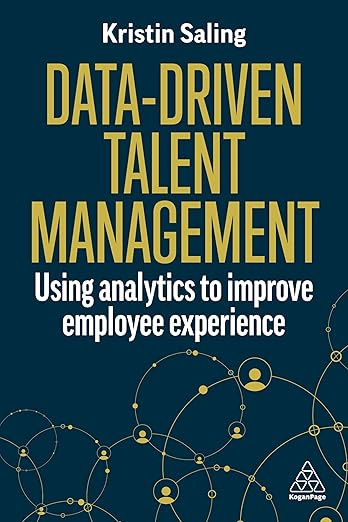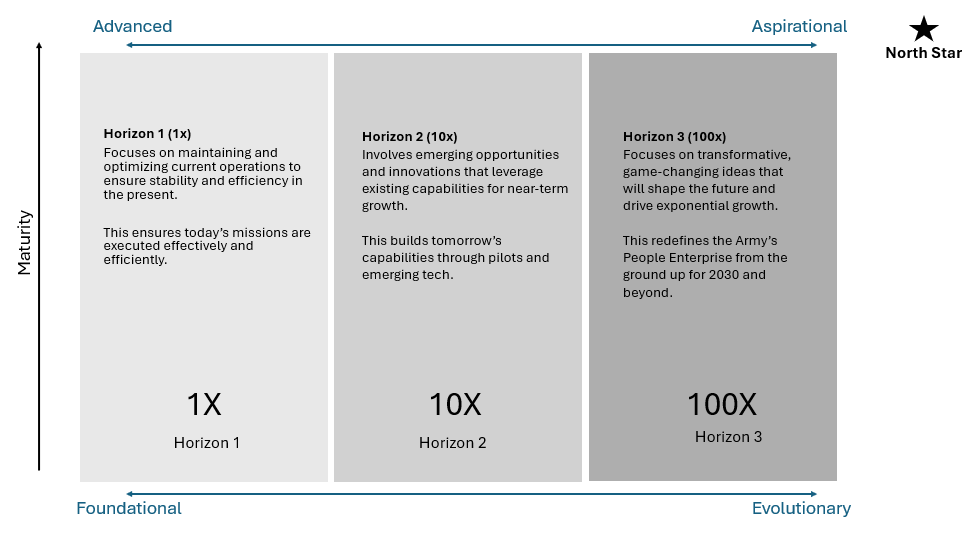The Speed Limits of Transformation
Culture, trust, and human bandwidth set the real pace—not your Gantt chart
Before I launch into this, I just want to say a couple bits of thanks!
For one, thank you to all you crazies who have signed up to read my thoughts every week. This has been a great exercise for me in formulating arguments and opinions about things and having open discussions with folks where I need more room than a LinkedIn post, but don’t want to be edited or constrained by writing an article for a more traditional publication.
Secondly, thank you to everyone who has supported my book, Data-Driven Talent Management. It’s been a year since my publisher launched it into the world, and I’ve very much enjoyed the discussions, ideas, and thoughts that have come from sharing it with you!
If you haven’t gotten your copy yet, you can grab one here—and they’re on sale!
Okay. Now let’s get down to it and talk about this week’s topic—the speed limit of change.
In leading and driving change, modernization, and innovation, we like to think we can muscle through anything with enough willpower and planning. But when it comes to leading change, the real constraints aren’t resources or willingness to work.
The constraints are your people.
Specifically, their trust, their organizational culture, and their bandwidth. These things set the natural speed limit for change. Push past these, and you don’t just move faster—you risk backlash, burnout, and breakdowns that stall the whole effort.
The good news? Just like on the road, you can raise the speed limit. With the right strategies—small wins, visible progress, and cultural alignment—you can build momentum without wrecking the vehicle.
Let’s decode it. 🚀
The Speed Limits of Change
How do you figure out your organization’s speed limit?
Think of change speed as your organization’s tolerance for disruption, experimentation, and uncertainty. It’s not about how quickly people can execute tasks; it’s about how much ambiguity and stretch they can handle without breaking trust or motivation.
Here are a few questions to ask:
Trust Levels – Do people fundamentally trust leadership’s intent? If trust is shaky, even minor changes feel threatening, and resistance spikes faster.
Cultural Norms – Does your culture value innovation and adaptability—or stability and tradition? Cultures with strong “this is how we’ve always done it” mindsets can adapt, but they need more time to reframe.
Past Change History – Has your organization been through wave after wave of “new initiatives” that fizzled out? If so, fatigue will lower your effective speed limit, no matter how good your current plan is.
Human Bandwidth – How much discretionary energy do your people actually have? If your team is already at 110% capacity, you can’t expect them to embrace big change at full speed.
These aren’t just abstract indicators. They’re the cultural equivalent of road conditions. You wouldn’t drive 80 mph in a blizzard, no matter what the speed limit sign says. And you shouldn’t drive organizational change at a breakneck pace if the conditions aren’t right.
For more thoughts on how to assess your organization’s cultural readiness for change, check out this article:
Ignoring your organization’s speed limits can be costly
I’ve seen leaders push change too hard, too fast, thinking that urgency alone will create momentum. Sometimes it works—for a little while. But the costs pile up quickly:
Backlash – When people feel dragged along, they push back harder, sometimes overtly, often quietly. Resistance builds, and the initiative becomes “their idea” versus “our solution.”
Burnout – Even good stress is still stress. If your people are in a constant sprint, enthusiasm curdles into exhaustion. And exhausted people don’t innovate.
Breakdowns – Processes fail, communication cracks, and unintended consequences multiply when change moves faster than the system can absorb.
In the Army, we often forget that people (including ourselves) aren’t machines. You can’t just crank up the operational tempo indefinitely and expect the system to hold. Something will give.
So how do you accelerate without breaking things?
The good news is that speed limits aren’t fixed. With intentional effort, you can raise your organization’s capacity for change. But it takes patience and strategy.
1. Anchor in trust.
Trust is the fuel for speed. Without it, even the smallest shifts feel like threats. Remember that as a leader, you may be responsible for a lot of different roles, but to your people, their role is their livelihood, their ability to take care of themselves and their families. They will defend that.
Build trust by being transparent about the “why” of change, not just the “what.” Own up to trade-offs and risks. Share credit for wins and accountability for setbacks. Make sure your people understand how the change will impact them and how you will support them through it, even if roles are eliminated.
2. Go for small wins.
Have that moonshot in your vision or in your plan, but don’t start there. Responses may range from concern that you’re trying to boil the ocean to flat out refusal to move, right there with my golden retriever when he doesn’t want to walk in the summer heat!
Start with visible, achievable wins that demonstrate value and reduce skepticism. Each win buys you more trust and raises the cultural speed limit for the next effort.
I personally love the three horizon method for this!
3. Align change to your culture.
Sure, you can launch efforts to change your culture, but chances are pretty good that you’re going to be working on your change effort with the culture you’ve got.
So tie your change to values people already hold.
In the Army, we have a culture very much tied to tradition that both glorifies the old school and rejects innovation as theater. However, when we field a new weapon system or piece of technology, our Soldiers waste no time figuring out new tactics and best practices, and integrating it into their battle drills. We can take that same ingenuity as a starting point and incorporate other things into training and the daily schedule as well.
Framing approaches in ways that resonate culturally is important, too. For us, anything that impacts “readiness” receives the highest priority. We won’t support efficiency or innovation in the abstract, but if we can tie it to our ability to fight and win our nation’s wars, we’re in.
Find the language your culture already embraces and align to it.
4. Manage your bandwidth.
Don’t try to take everything on at once (see Point 2).
Avoid layering in more things for your workforce to do without considering their current workload. If you’re asking people to take on something new, identify what they can and should stop doing. Even better, show them where the new thing they’re learning how to do will replace other tasks.
Be ruthless about prioritization. If people understand your priorities, they can sort their workload appropriately.
Change layered on top of 110% workloads is a recipe for burnout.
5. Make progress visible, and reward it.
People tolerate more disruption when they can see it’s leading somewhere and when they get rewarded for making progress.
Share updates often with your team. Highlight milestones. Celebrate progress publicly. These things make the journey feel less like toil and more rewarding. Show them that there are gains to be had at the end of their labor!
Raising the Speed Limit Over Time
Just like a road that gets widened and repaved, organizations can handle faster change when you invest in the infrastructure.
Routine Inspection – Build in periodic cultural “health checks” to see where resistance is building or trust is fraying.
Maintenance – Keep reinforcing the stories, rituals, and incentives that support adaptability. Don’t let them fade once the initial change is in place.
Skill Building – Equip your people with change literacy. The more they understand how change works (and how it feels), the less threatening it becomes.
Leadership Modeling – When leaders at every level show that they can adapt, experiment, and learn, it normalizes that behavior across the culture.
Change-ready cultures don’t emerge overnight. They’re cultivated over years of intentional choices. But each investment pays off in a higher baseline tolerance for disruption—and a higher speed limit for transformation.
The Balancing Act
There’s no prize for wrecking your car trying to reach your destination first. And no prize for driving so cautiously that you might as well not arrive at all. Leading change means navigating the tension between urgency and patience, between the mission that demands speed and the culture that sets the pace.
If you ignore the speed limits, you might reach your destination faster—or you might crash the whole effort. But if you respect them, and steadily raise them, you can lead change that lasts.
The Army has taught me that operational tempo is always a balancing act. Push too hard, and you break the force. Hold back too much, and you lose momentum. The art of leadership lies in knowing when to throttle up, when to ease off, and how to keep moving forward without losing the trust of the people you need most.
Change is rarely about the brilliance of your plan. It’s about the capacity of your people. Lead with that in mind, and you’ll not only set the right pace—you’ll steadily raise the speed limit for the future.








Your last paragraph hits it magnificently:
“Change is rarely about the brilliance of your plan. It’s about the capacity of your people. Lead with that in mind, and you’ll not only set the right pace—you’ll steadily raise the speed limit for the future.”
You set the pace. Set your Table to accept or deny the culture + trust stimuli to get ahold of your human bandwidth in life.